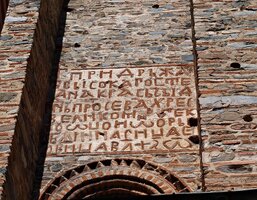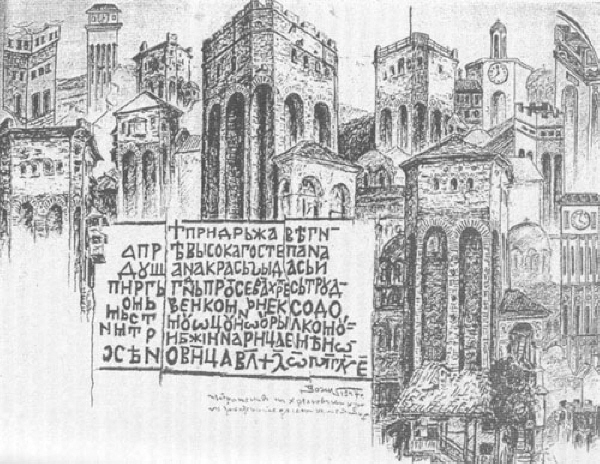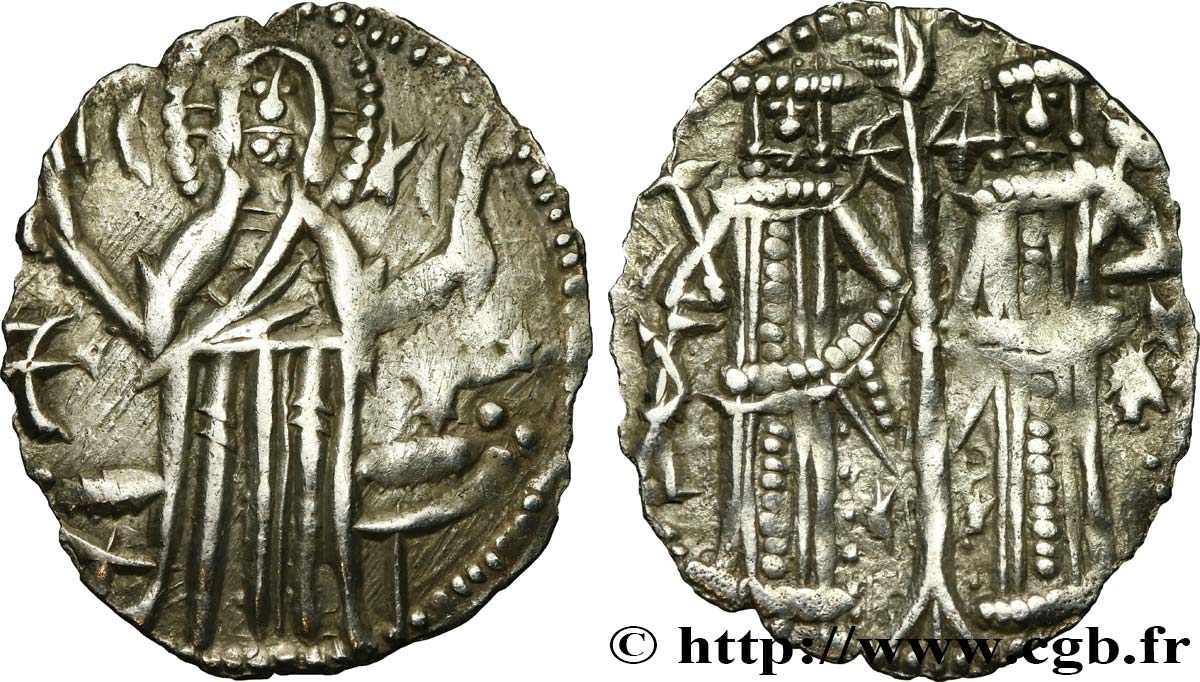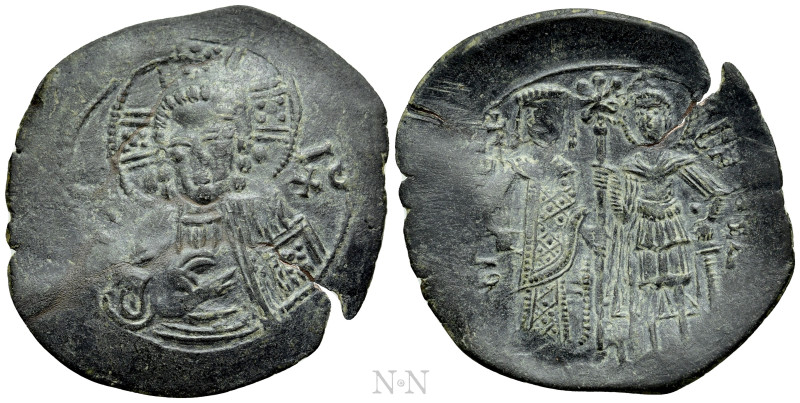Кратко описание
Рилският манастир е основан в началото на Х век от
св. Иван Рилски на мястото на стара постница в планината Рила на 1100 м надморска височина. По време на неговото многовековно съществуване той преживял години на възход и разруха.
Около 1335 г. местният феодал Стефан Драголов (Хрельо) изградил манастира на сегашното му място, състоящ се от сгради за живеене, отбранителна кула и еднокорабна църква.
От тези строежи днес е останала само кулата, която носи името "Хрельова кула". Неговото ктиторство е увековечено с надпис за строежа на кулата, изписан с вградени тухли на южната й стена:
"При владичеството на превисокия господин крал Стефан Душан, господин протосеваст Хрельо с голям труд и разход изгради тази кула на светия отец Иван Рилски и на Божията майка, наречена Осеновица, в годината 6843 индикт пети (1334-35)".
На последния етаж на кулата има малък параклис, богато украсен със стенописи, отличаващи се с голяма художествена стойност и оригинални иконографски качества.
През първите десетилетия на XІX в. манастирският комплекс е изграден в днешния му вид, благодарение на усилията на няколко поколения видни български строители, живописци и майстори-резбари.
https://www.pravoslavieto.com/manastiri/rilski/index.htm
https://rilskimanastir.org/en/museums/khrel-ova-kula/
RILA MONASTERY (Рилски Манастир - Rilski Manastir)
Rila Monastery is the most famous and most important of Bulgaria’s monasteries, regarded by Bulgarians as the zenith of the country’s medieval culture and a living link with the glories of the Second Kingdom. Architecture and ecclesiastical history apart, it is also set in one of the most attractive mountain areas of southern Bulgaria, with many footpaths and tracks leading from the monastery through spectacular mountain scenery.
In the 10th century a monk, John of Rila (known in Bulgarian as Ivan Rilski), weary of the decadence of contemporary court and monastic life, founded a hermitage in the Rila valley some 4 kilometres upstream from the present monastery. To his disciples he preached a creed of simple asceticism which during his lifetime, despite criticism from the church establishment, drew pilgrims in increasing numbers.
For 400 years after his death in 946, the hermitage remained an important spiritual centre for both Bulgarians and Serbs; the paintings in the church of Sv. Luka close by portray both Bulgarian and Serbian kings. In 1335 the hermitage was devastated by fire having earlier been partially destroyed by an avalanche and a new building was constructed on the present and presumably safer site. The feudal lord of the area, Hrelio, gave the complex the appearance of a fortress by constructing the only original part of the monastery that remains, the 23 metre/80 foot high Hrelio`s tower. Legend has it that the builder of the tower, one Hariton, so aroused the jealousy of other feudal lords that he was forced to become a monk here and then strangled, giving rise to the inscription on the tower attributed to his wife, `Thy wife sobs and grieves, weeping bitterly, consumed by sorrow`.
The monastery reached the peak of its splendour in the 14th century, when a charter granted by Tsar Ivan Shishman in 1378 gave it almost the powers of an independent kingdom. The complex was much attacked by bashibazouks during the Turkish occupation and substantial parts of it were destroyed and repaired. A final conflagration in 1833 destroyed all but Hrelio`s tower and a small chapel nearby. A public fund was started by Neofit Rilski for its rebuilding, completed in 1846, a task which was seen as a national and patriotic duty and many of Bulgaria’s finest craftsmen and builders gave their labour without payment. In 1961, the monastery was recognised by UNESCO as a World Heritage Site.
https://duncanbr.com/rila.html











